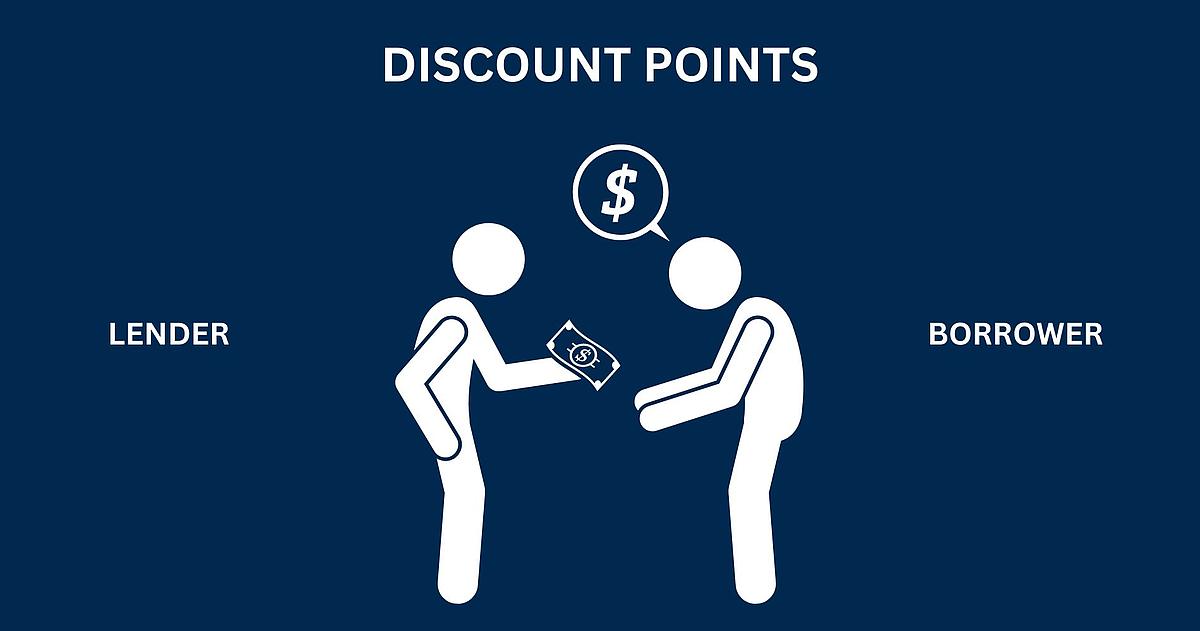Step 1: Calculation of the Discount Points in Euro
The nominal value of the loan is 100,000 Euro and the disbursement amount is reduced by 2% due to the Discount Points.
Discount Points = 100,000 Euro × 0.02 = 2,000 Euro
Step 2: Calculation of the Payout Amount
The disbursement amount of the loan is therefore reduced by the Discount Points:
Payout Amount = 100,000 Euro - 2,000 Euro = 98,000 Euro
Step 3: Calculation of the Effective Costs
Although the company receives 98,000 Euro, it must repay the full nominal value of 100,000 Euro, in addition to the interest.
The annual interest is calculated on the nominal value:
Annual Interest = 100,000 Euro × 0.05 = 5,000 Euro
If the loan has a term of one year, the company pays at the end of the year:
Total Repayment = 100,000 Euro + 5,000 Euro = 105,000 Euro
Step 4: Calculate the Effective Interest Rate
To calculate the effective interest rate, we need to relate the total cost of the loan to the actual amount paid out:
Effective Interest Rate = (Total Repayment Payoff Amount / Payoff Amount) × 100
Let's insert the values:
Effective Interest Rate = (105,000 Euro - 98,000 Euro / 98,000 Euro) × 100 = 7.14






















